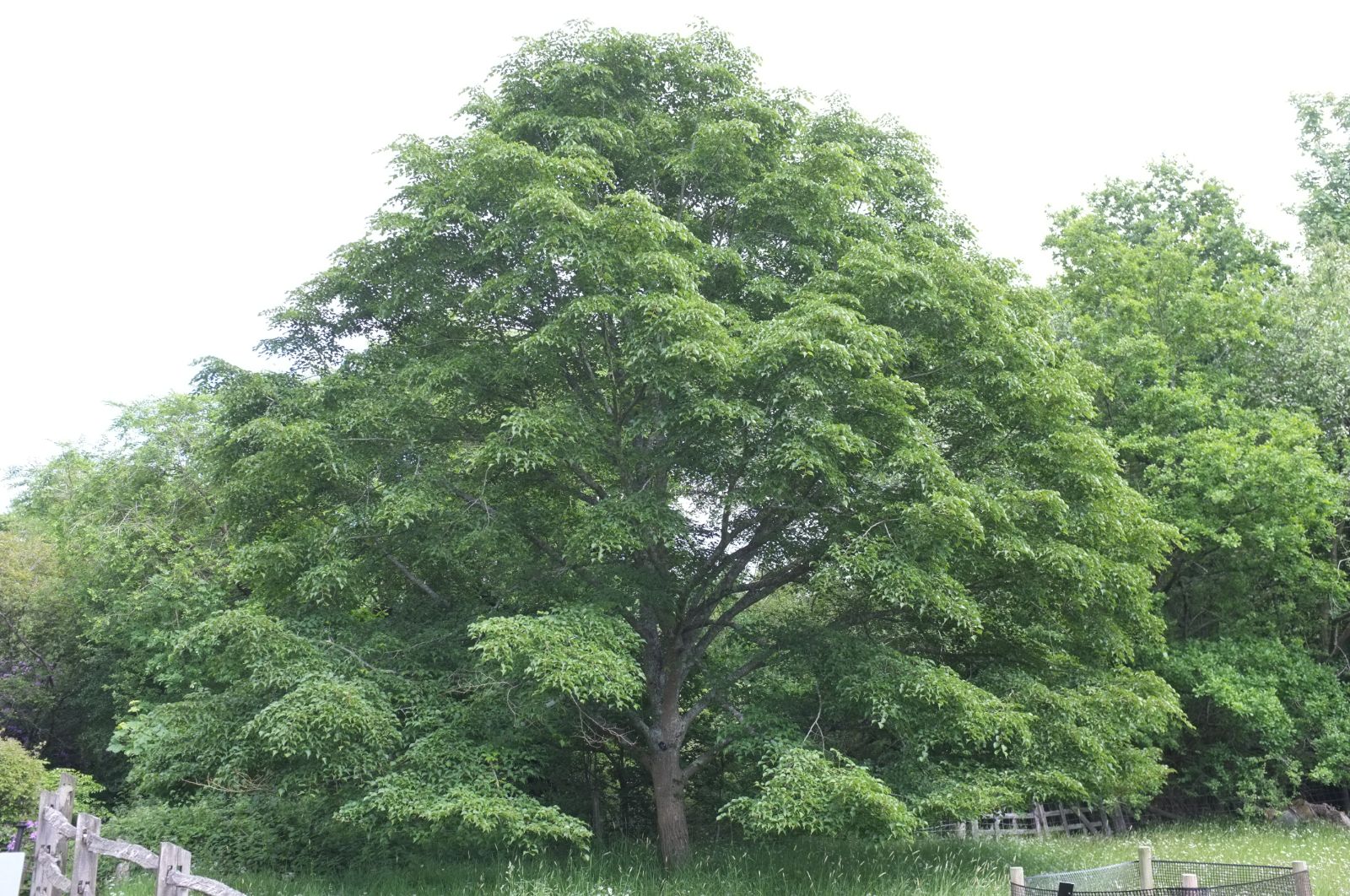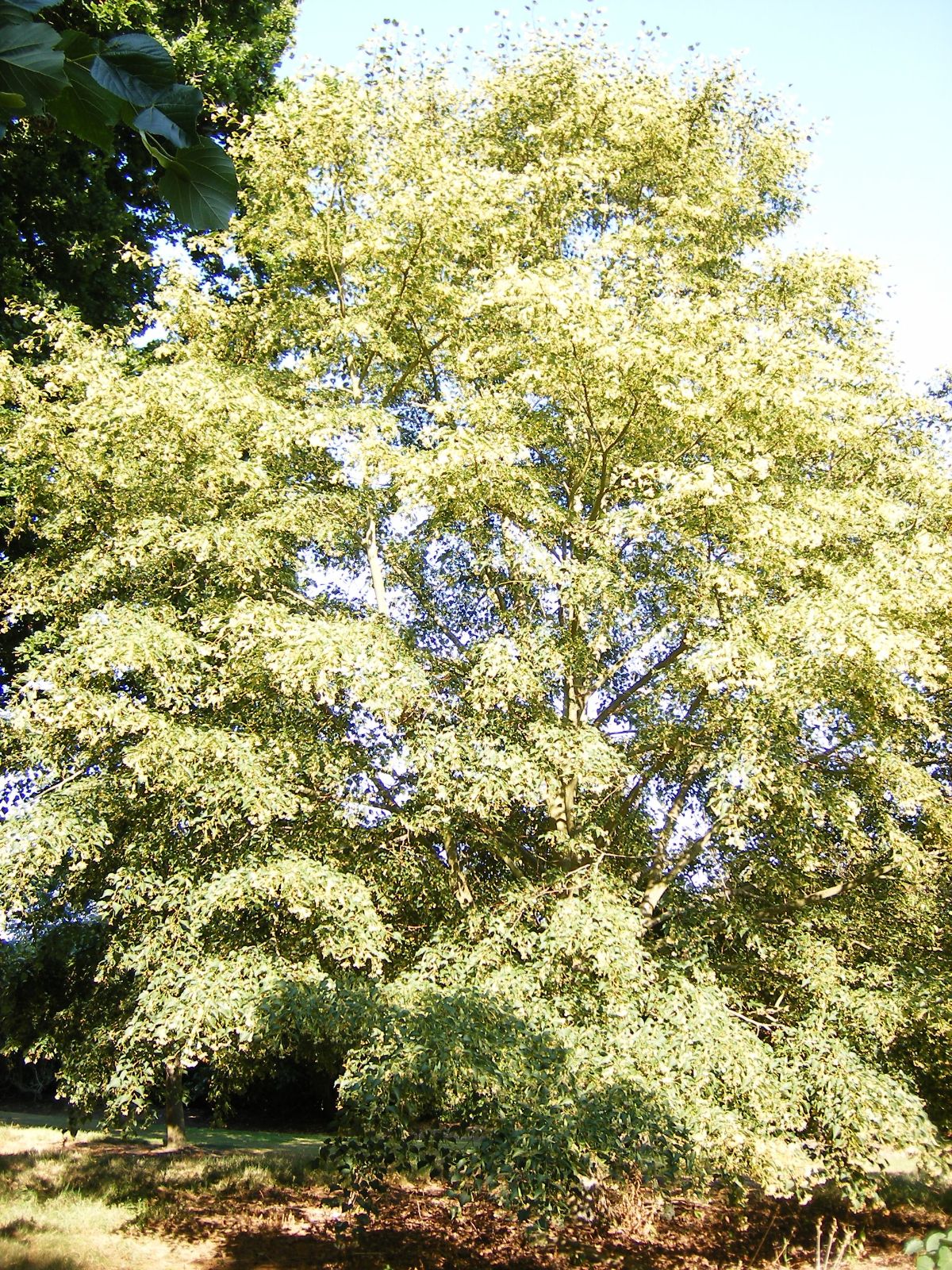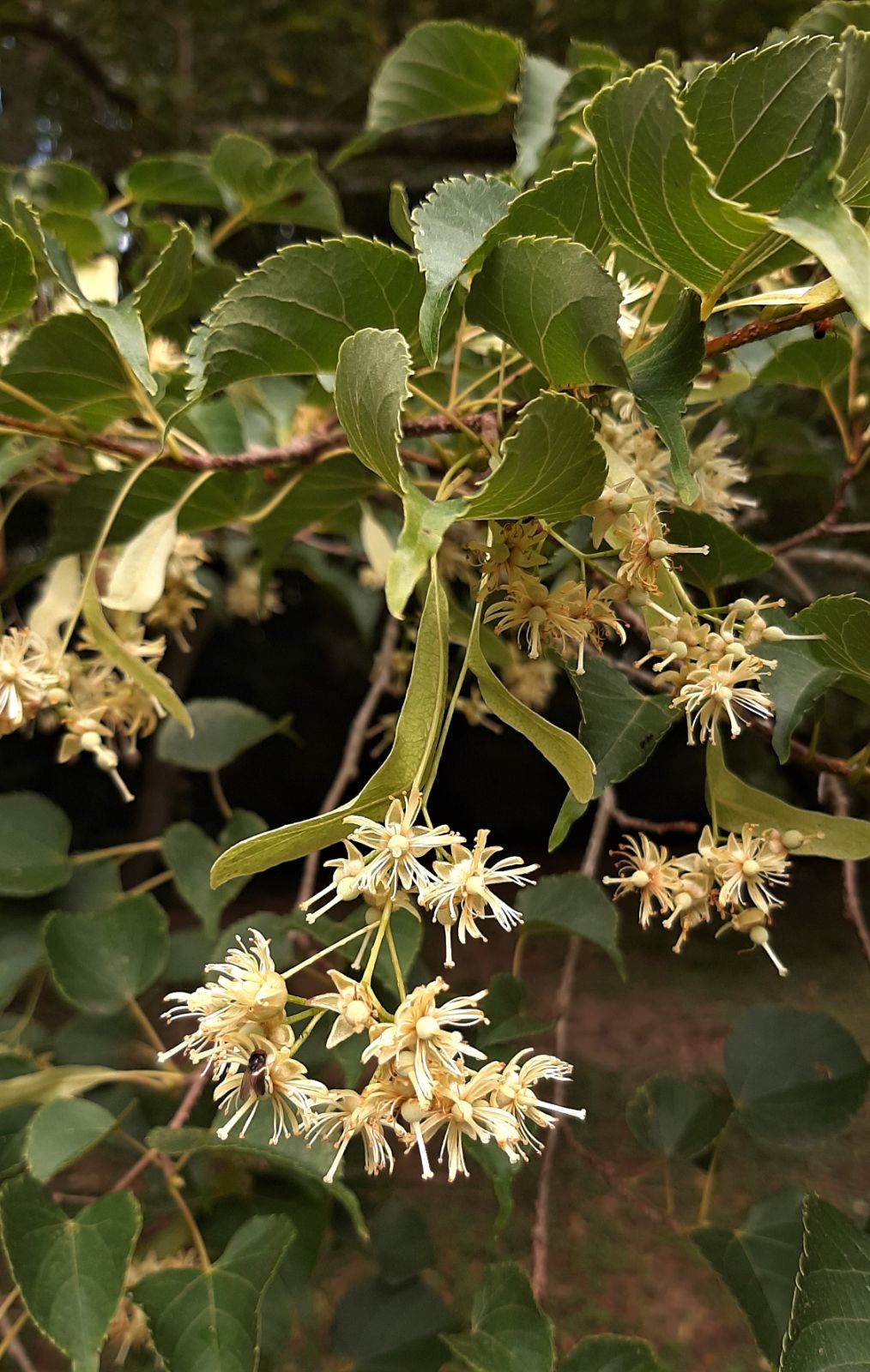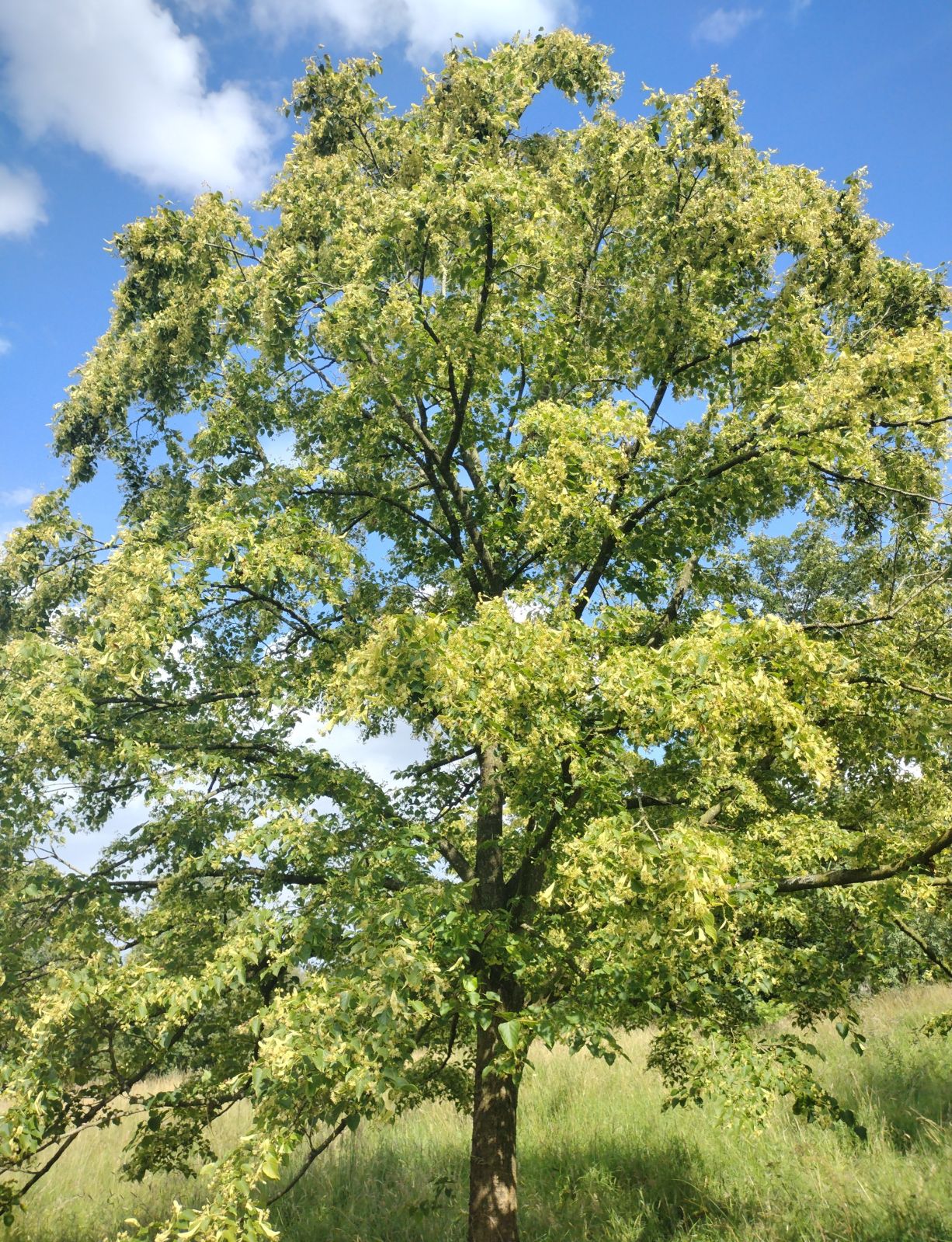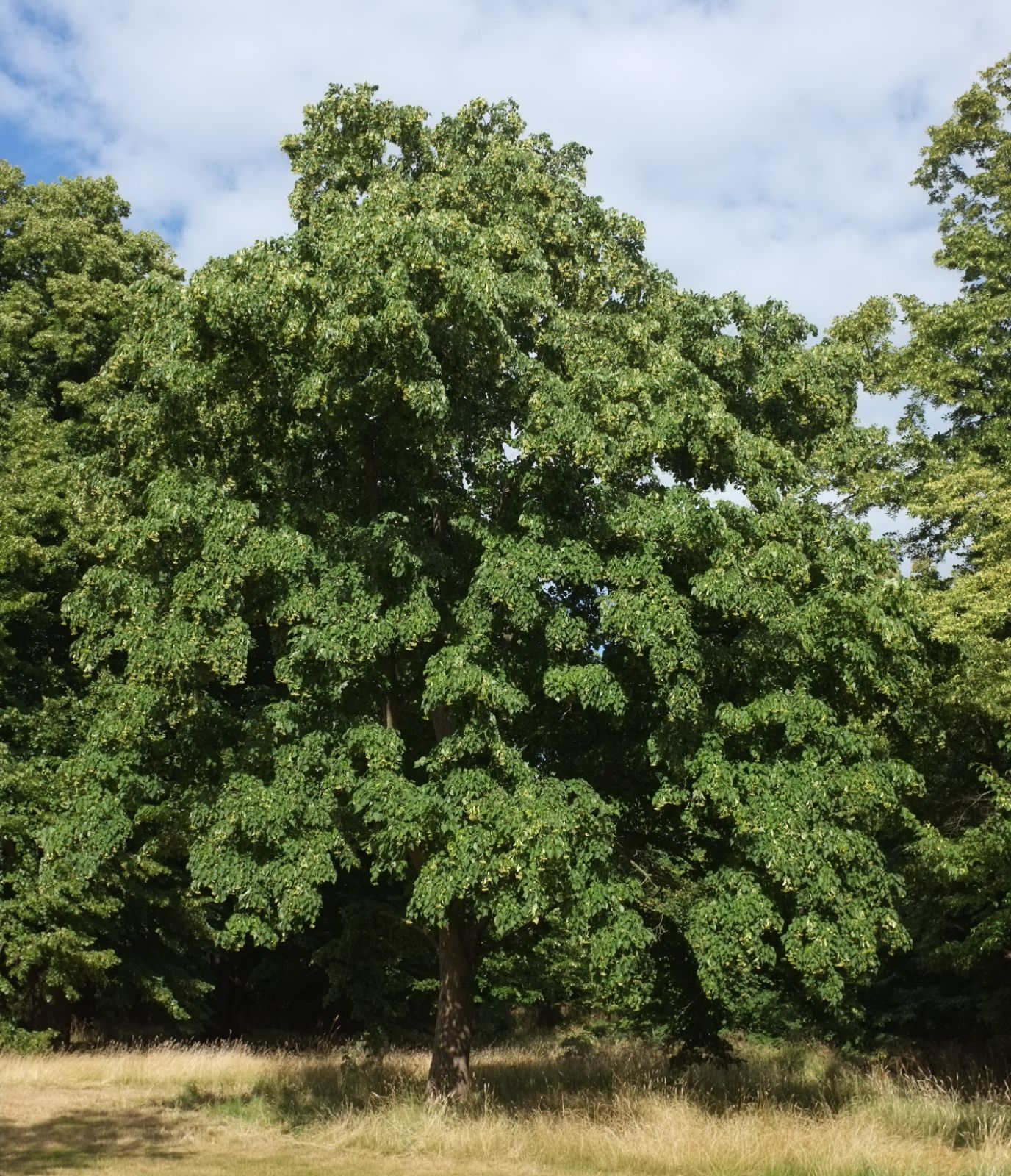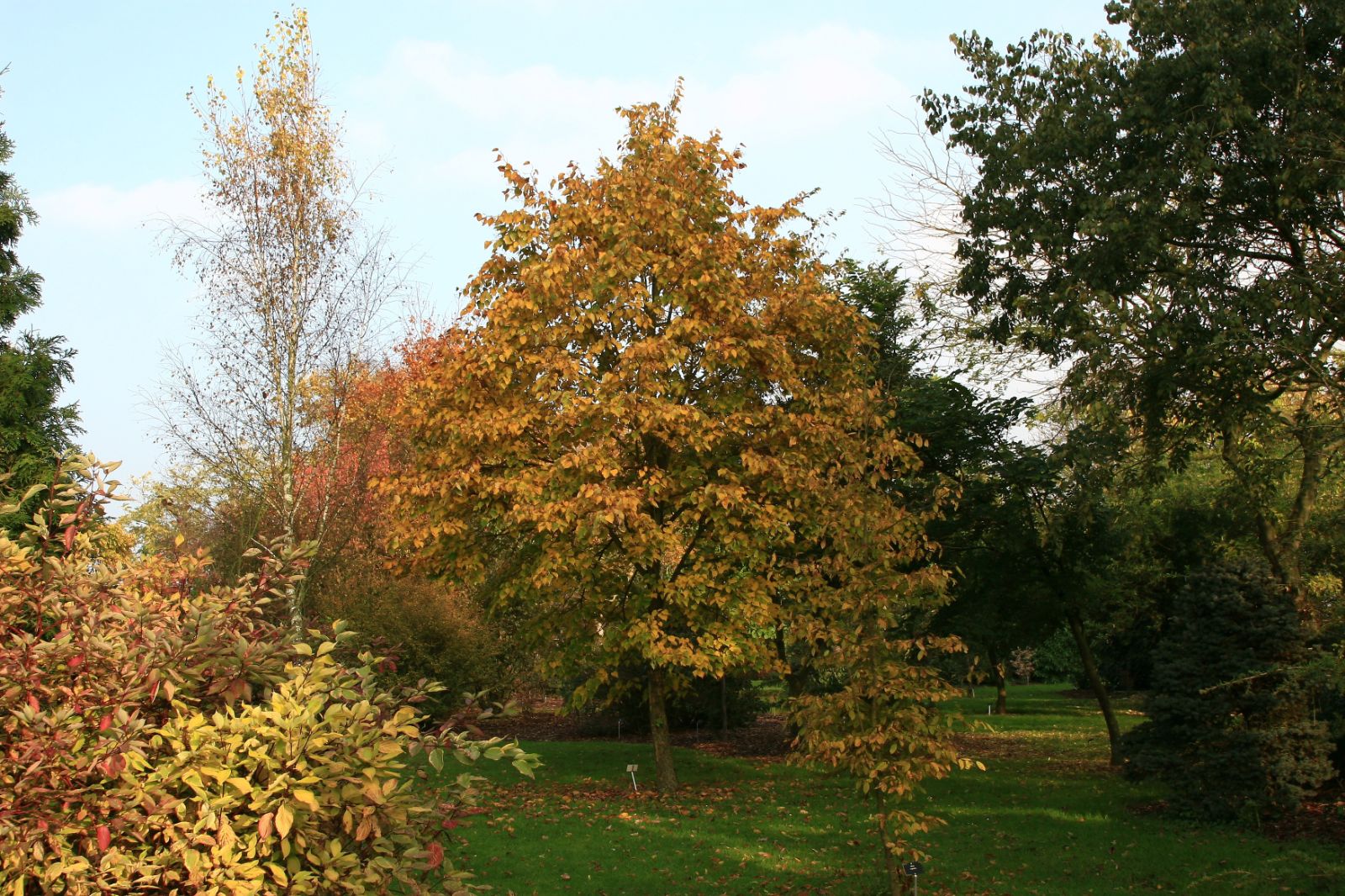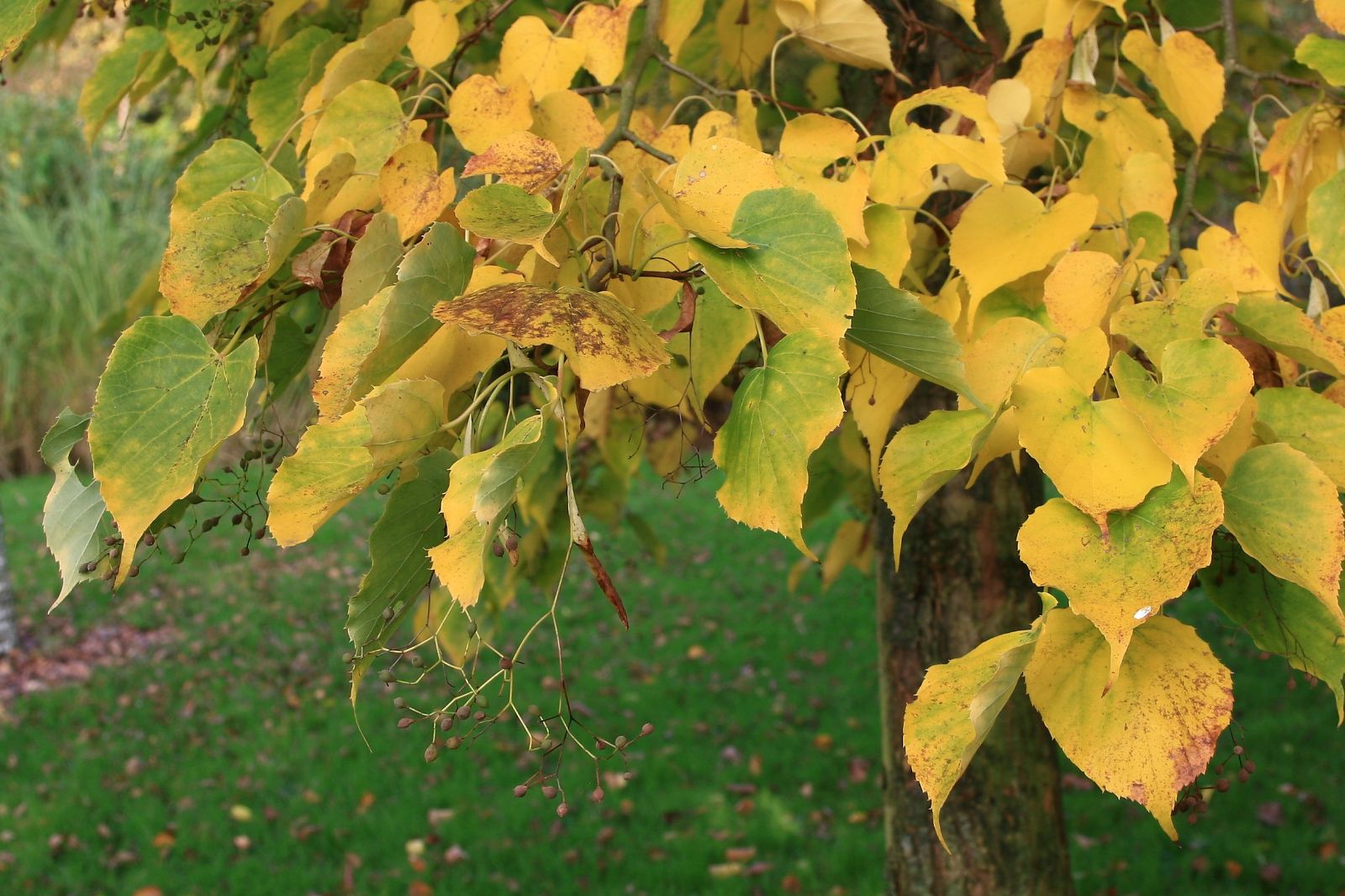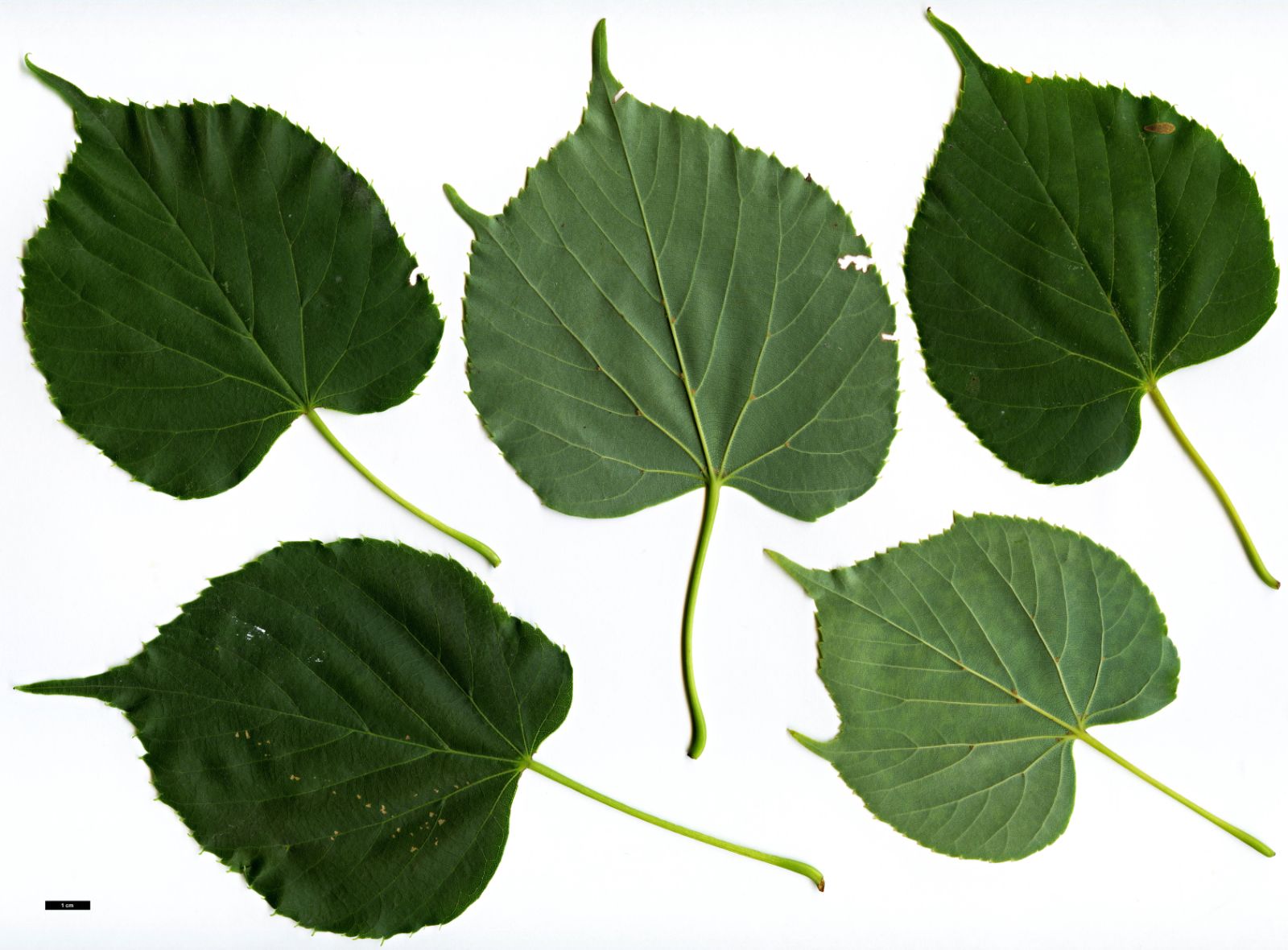Tilia japonica
Sponsor
Kindly sponsored by
a member of the International Dendrology Society
Credits
Owen Johnson & Julian Sutton (2020)
Recommended citation
Johnson, O. & Sutton, J. (2020), 'Tilia japonica' from the website Trees and Shrubs Online (treesandshrubsonline.
Genus
Common Names
- Japanese Lime
- Japanese Linden
Synonyms
- Tilia cordata var. japonica Miquel
- Tilia eurosinica Croizat
- Tilia insularis Nakai
Infraspecifics
Other taxa in genus
- Tilia americana
- Tilia amurensis
- Tilia callidonta
- Tilia chinensis
- Tilia chingiana
- Tilia concinna
- Tilia cordata
- Tilia dasystyla
- Tilia endochrysea
- Tilia × euchlora
- Tilia × europaea
- Tilia × flaccida
- Tilia × flavescens
- Tilia Hanwell Hybrids
- Tilia 'Harold Hillier'
- Tilia 'Harvest Gold'
- Tilia × haynaldiana
- Tilia henryana
- Tilia × juranyana
- Tilia kiusiana
- Tilia mandshurica
- Tilia maximowicziana
- Tilia miqueliana
- Tilia mongolica
- Tilia nobilis
- Tilia × noziricola
- Tilia oliveri
- Tilia paucicostata
- Tilia platyphyllos
- Tilia tomentosa
- Tilia tuan
- Tilia 'Westonbirt Dainty'
Tree to 20 m. Bark dark grey-brown, developing shallow vertical fissures in maturity. Twigs slender (1.5–3.5 mm thick), brown, with patches of stellate hair, which wear off. Buds with 3 visible scales, shining brown. Leaves 5–8.5 × 4–7.5 cm, orbicular, plane, dark green above with a dull shine and pale green or glaucous beneath, usually with small patches of tangled reddish hair under the vein axils; marginal teeth with apiculate tips 0.4–1.1 mm long. Floral bracts 5–10.5 × 0.7–1.7 cm, pale green, glabrous, with a long (0.8–2.7 cm) slender stalk. Inflorescence drooping, with 3–25 (rarely to 35) well-separated almost flat flowers. Staminodes present. Fruit small (7 × 5 mm), ovoid, without ribs; wall papery and fragile, covered in a dense brown tomentum. (Tang et al. 2007; Pigott 2012).
Distribution China Anhui, Jiangsu, Shandong, Zhejiang Japan Hokkaido, Honshu, Kyushu, Shikoku.
Habitat Mountain forests, to 2000 m in central Honshu.
USDA Hardiness Zone 4
RHS Hardiness Rating H7
Conservation status Least concern (LC)
Like Tilia amurensis, the Japanese Lime resembles the familiar T. cordata in its neat little cordate leaves and abundant sweetly scented flowers. Both these East Asian trees were first treated by Western science as forms of that species. It should not however be assumed that they are closely related (Pigott 2012). T. japonica is most clearly distinguished from these others by the flowers, which consistently have staminodes (always absent in T. cordata, organs intermediate between staminodes and stamens sometimes present in T. amurensis). All three are placed in Section Anastraea.
Tilia japonica has probably been grown in Europe since at least 1910, when a tree (formerly identified as T. amurensis) was planted in an out-of-the-way corner of the Borde Hill estate in West Sussex. Somewhat shaded and also suffering competition from below the graft, but otherwise healthy, this had reached 15 m, dbh 48 cm by 2015 (Tree Register 2018). Its bright green, young leaves appear early in the spring but are not damaged by frost (Bean 1981). Other healthy mature trees in Britain, of unknown origin, include a lovely one in front of Smeaton Farmhouse in East Lothian, 12 m tall in 2012. A tree of Chinese origin has thrived in Keith Rushforth’s Devon arboretum (8 m, dbh 22 cm in 2013 – Tree Register 2018). This was a seedling raised by Donald Pigott in Cambridge from a tree at Beijing Botanical Garden, itself originating as wild or temple garden seed from Nanjing. The Beijing parent was labelled T. miqueliana but is actually the southeast Chinese race of T. japonica (‘T. eurosinica’), which grows wild around Nanjing (K. Rushforth, pers. comm. 2020). Grafts from this tree have been distributed by Pan-Global Plants, UK.
Elsewhere in Europe, there are wild provenance examples of this hardy species at Gothenburg Botanical Garden, Sweden, dating from the 1950s (Gothenburg Botanical Garden 2020) and a much younger one at the Arboretum Wespelaar, Belgium (Arboretum Wespelaar 2020). It is represented in North American collections in areas as climatically diverse as New England, the Great Lakes area, the Pacific Northwest and Northern California (Arnold Arboretum 2020; Morton Arboretum 2020; University of Washington Botanic Gardens 2020; University of California Botanical Garden 2020). A wide-crowned specimen received in 1942 is magnificent at the Morris Arboretum (J. Grimshaw, pers. comm. 2020).
'Ernest Wilson'
Synonyms / alternative names
Tilia insularis hort. non Nakai
An exceptional clone producing very abundant large inflorescences; its leaves flush a distinctive yellowish-green. The parent tree grows at Kew (accession number 1929–76801). It derives from a collection made by Ernest Wilson in Japan in 1919 and sent to the Arnold Arboretum, from where the Kew tree was received in 1924 (Grimshaw & Bayton 2009).
In Western horticulture and literature the name T. insularis Nakai is apparently almost exclusively, and erroneously, attached to this plant. This name was applied to the population of Tilia amurensis on the Korean island of Ulleungdo, on the basis of very minor characters, and is not recognised as distinct by Pigott (2012). Pigott (2008) demonstrated that the plant in question is a representative of T. japonica, having five staminodes (generally absent in T. amurensis). Wilson did collect Tilia on Ullungdo in 1919, and the confusion seems to have arisen when his gatherings there and in Japan were conflated at the Arnold Arboretum.
The Kew tree has been extensively propagated and the clone is found in collections across Europe as a grafted tree, usually labelled T. insularis. Since it is now considered to be a representative of T. japonica, a distinctive moniker was desirable, and ‘Ernest Wilson’ has been applied as a cultivar name (Grimshaw 2008). Much the tallest example, planted in 1950 on the north side of Pool Avenue in the Westonbirt National Arboretum, was 23 m, dbh 47 cm in 2014 (Tree Register 2018).
The parental stock remains in cultivation at the Arnold Arboretum, both as original seedlings and grafts from them (Arnold Arboretum 2020). Since these trees do not represent the same clone as the Kew tree, they should not be called ‘Ernest Wilson’.

